Proximal Humerus Synovial Pseudarthrosis with Orthogonal Plating and Fibular Graft.
Score and Comment on this Case
Clinical Details
Clinical and radiological findings: A 51-year-old male presented with a painful, limited use of the arm following a proximal humerus fracture sustained 1.5 years ago from a fall out of a tree. The fracture was initially managed non-operatively at an outside facility. The patient, a citizen with no adverse habits, was diagnosed with synovial pseudarthrosis, a distinct type of nonunion characterized by the formation of a pseudo-joint. Radiological evaluation confirmed the presence of a synovial pseudarthrosis in the proximal humerus.
Preoperative Plan
Planning remarks: The preoperative plan involved a deltopectoral approach for complete debridement of the pseudarthrosis, re-canalization of both fracture fragments, freshening of bone ends, and achieving absolute stability. The plan included the use of a fibular graft to restore the medial column, proximal tibial autograft, and a commercially available osteogenic/osteoinductive graft substitute. Orthogonal plating was planned to provide structural support.
Surgical Discussion
Patient positioning: The patient was positioned supine on the operating table with the affected arm draped free to allow for manipulation and access during the procedure.
Anatomical surgical approach: A deltopectoral approach was utilized, involving an incision made along the deltopectoral groove. The cephalic vein was identified and preserved. Subperiosteal dissection was performed to expose the proximal humerus. Complete debridement of the pseudarthrosis was carried out, followed by re-canalization and freshening of the bone ends.
Operative remarks:The surgeon noted that closed nailing and compression plating without debridement would not be effective in this case due to the nature of synovial pseudarthrosis. A fibular graft was used to restore the medial column, and proximal tibial autograft along with an osteogenic/osteoinductive graft substitute was applied to enhance biological healing. Orthogonal plating provided structural stability. The patient exhibited decent on-table motion after a gentle examination under anesthesia, despite expectations of stiffness due to prior movement through the pseudoarthrosis.
Postoperative protocol: Postoperative rehabilitation included immobilization followed by gradual mobilization exercises. The patient may require manipulation under anesthesia (MUA) or open lysis of adhesions if significant stiffness persists.
Follow up: Not specified.
Orthopaedic implants used: Orthogonal plating system, fibular graft, proximal tibial autograft, osteogenic/osteoinductive graft substitute.
Search for Related Literature

orthopaedic_trauma
- United States , Seattle
- Area of Specialty - General Trauma
- Position - Specialist Consultant

Industry Sponsership
contact us for advertising opportunities
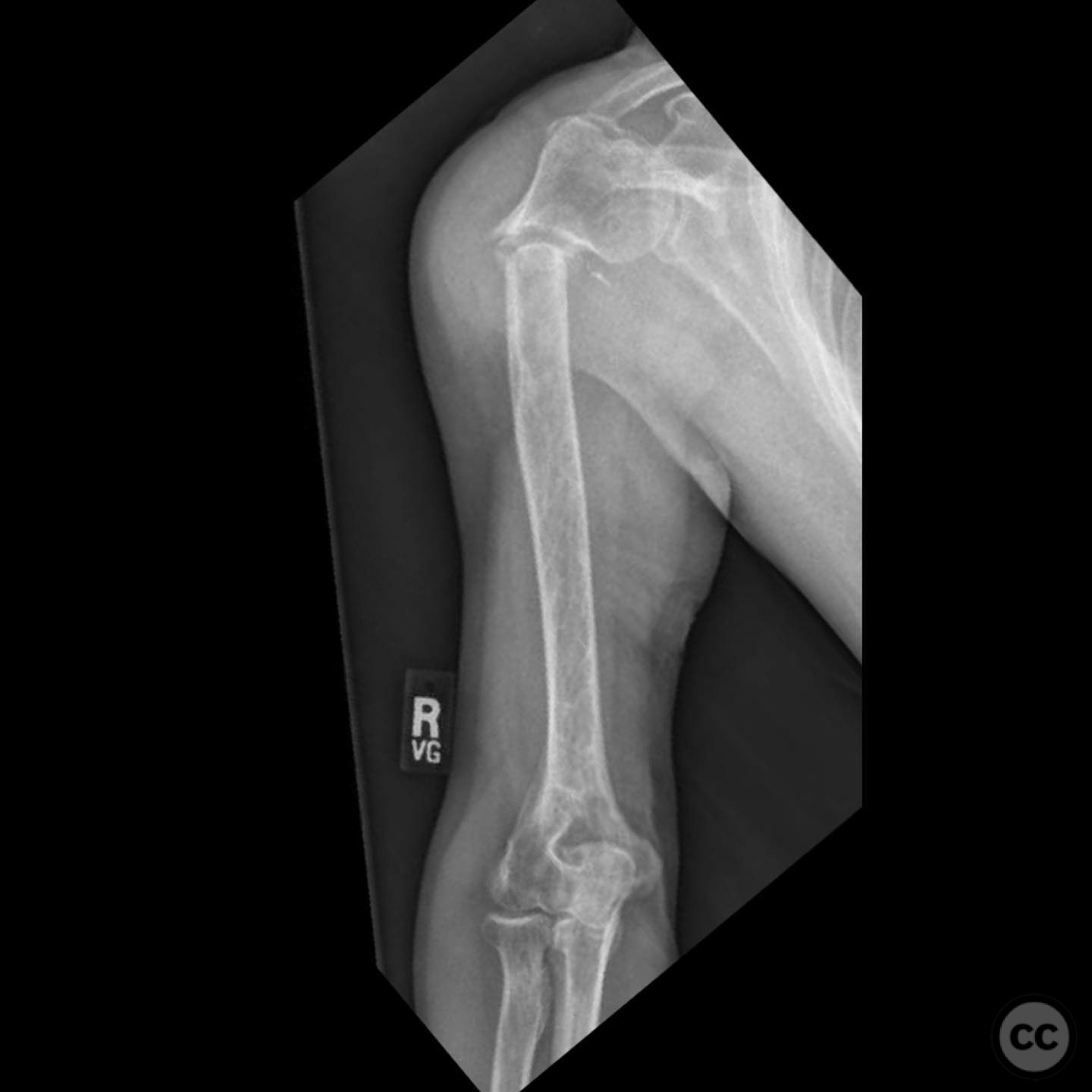
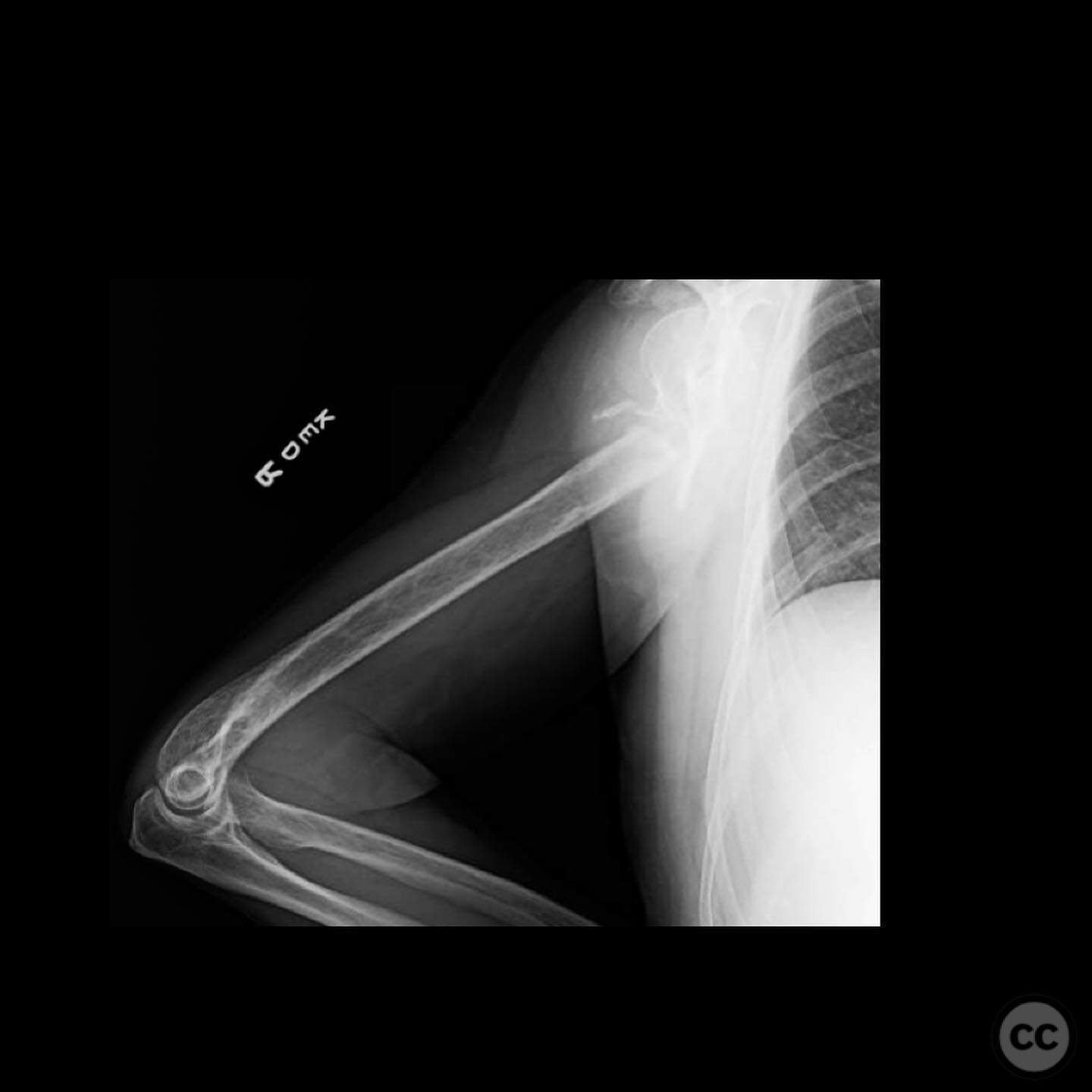
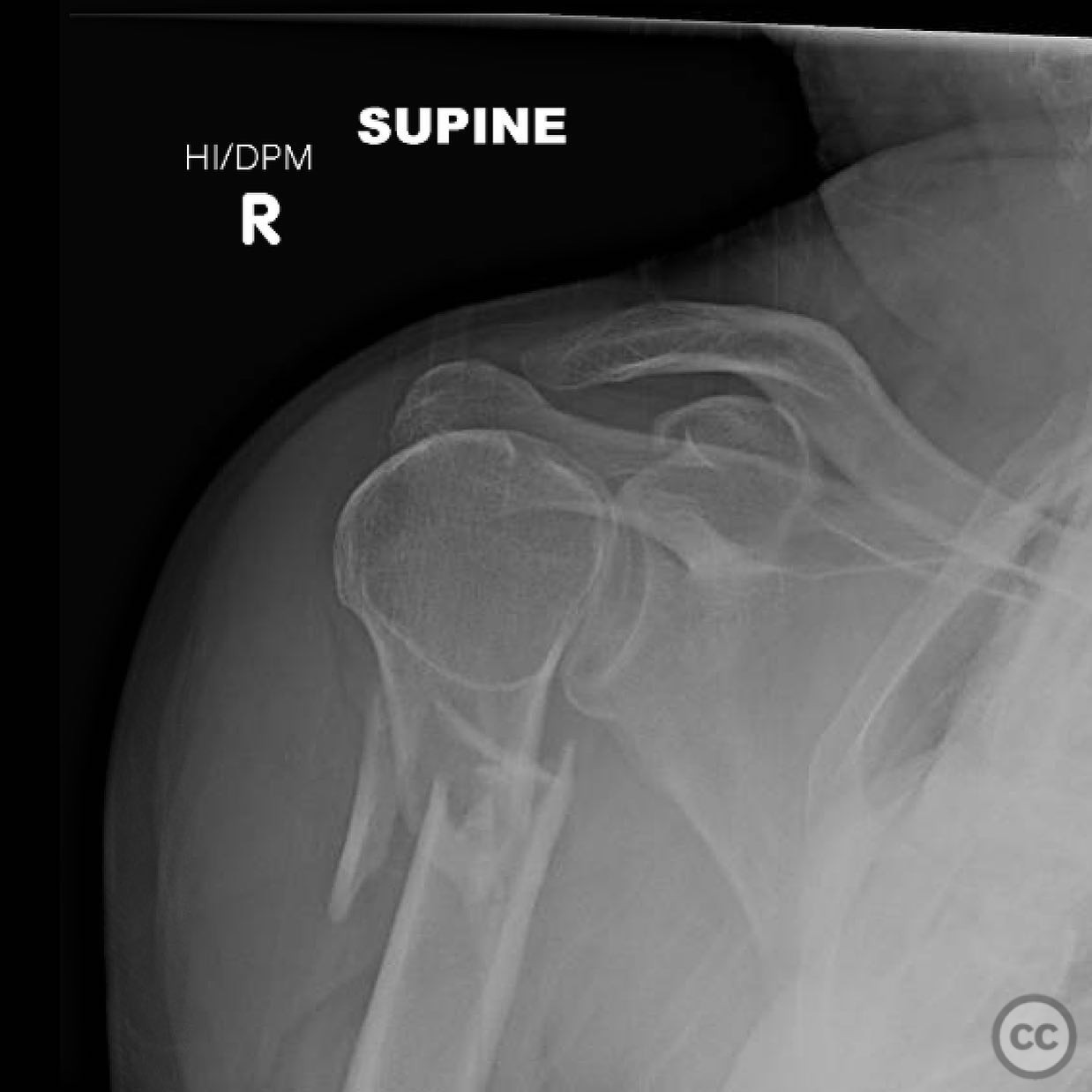
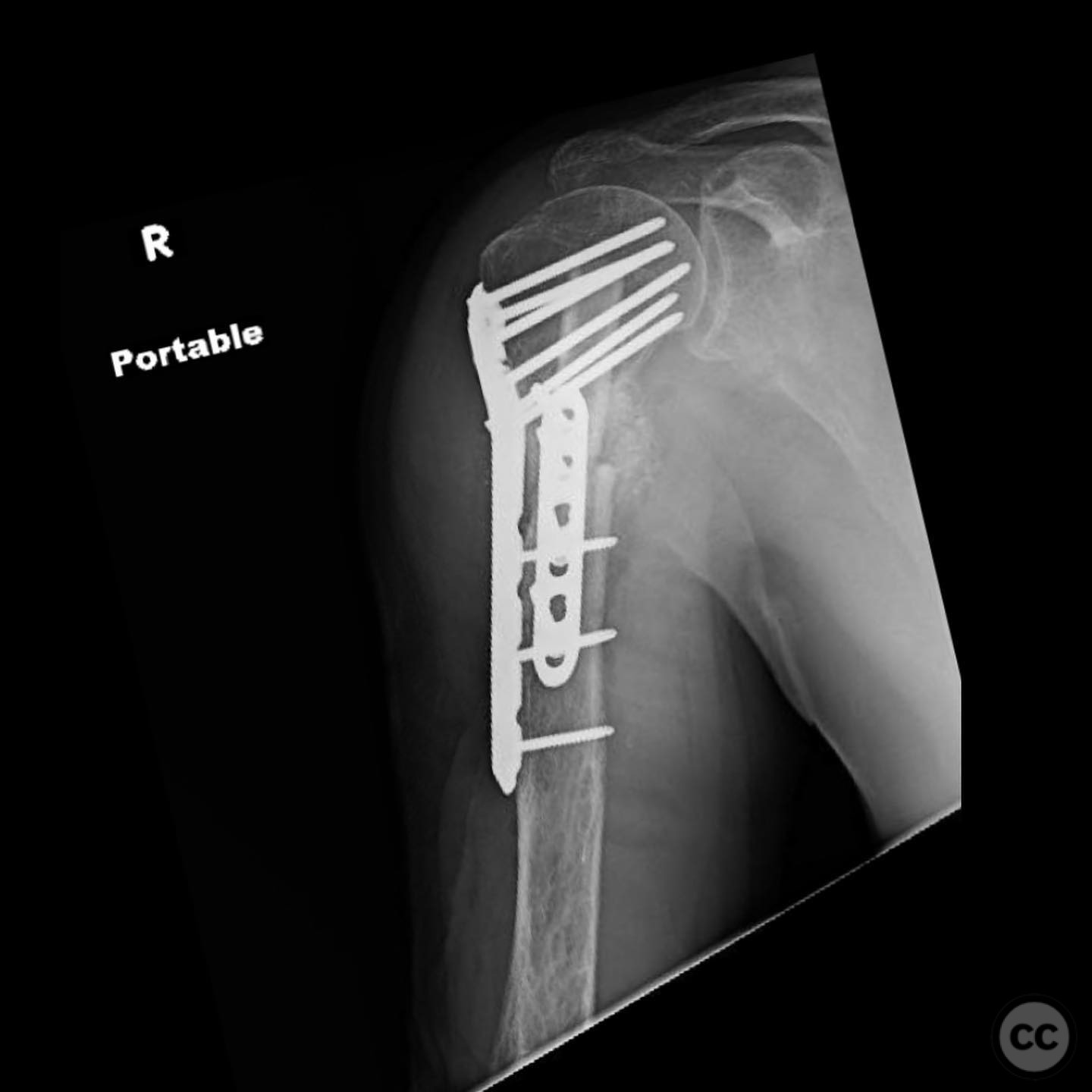
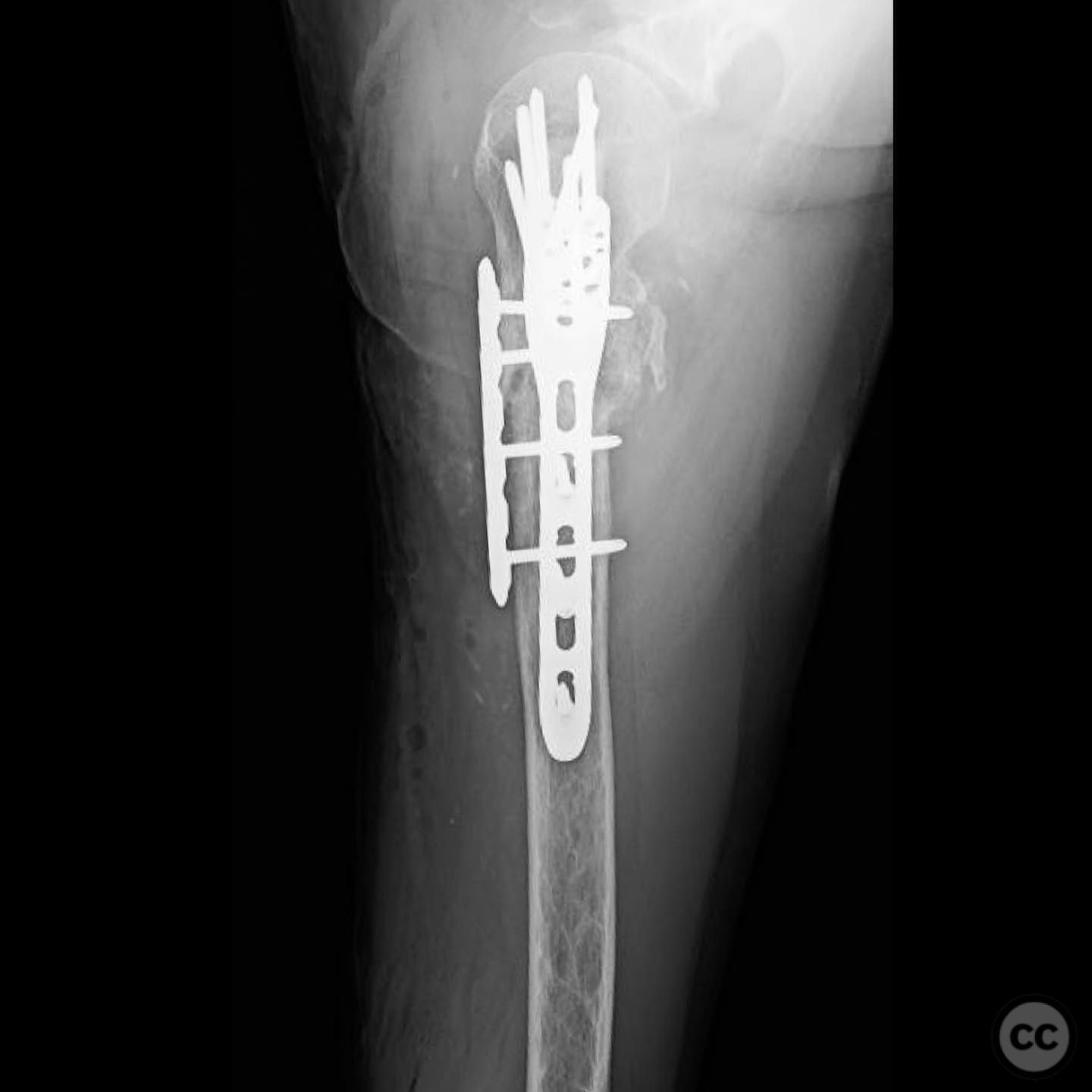
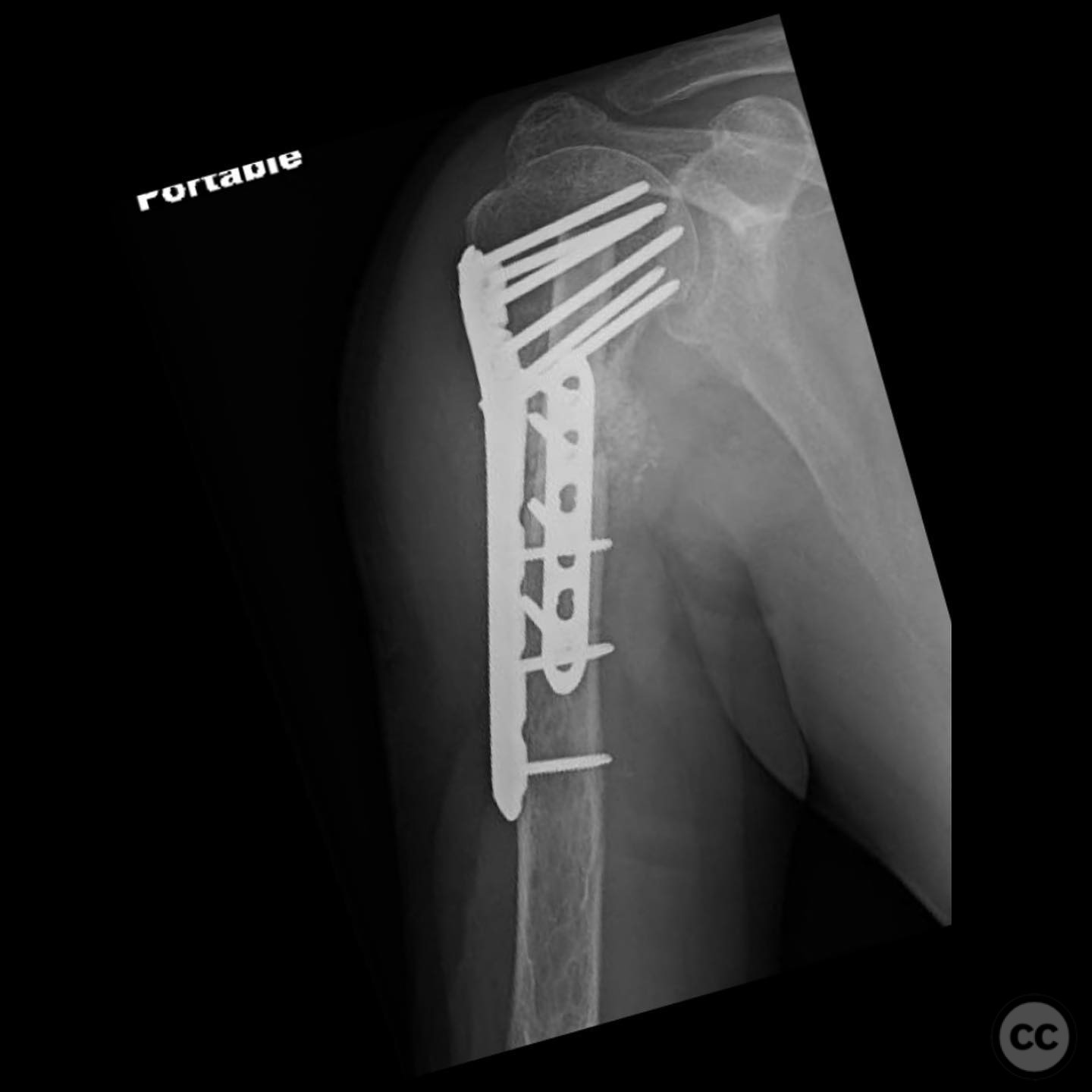
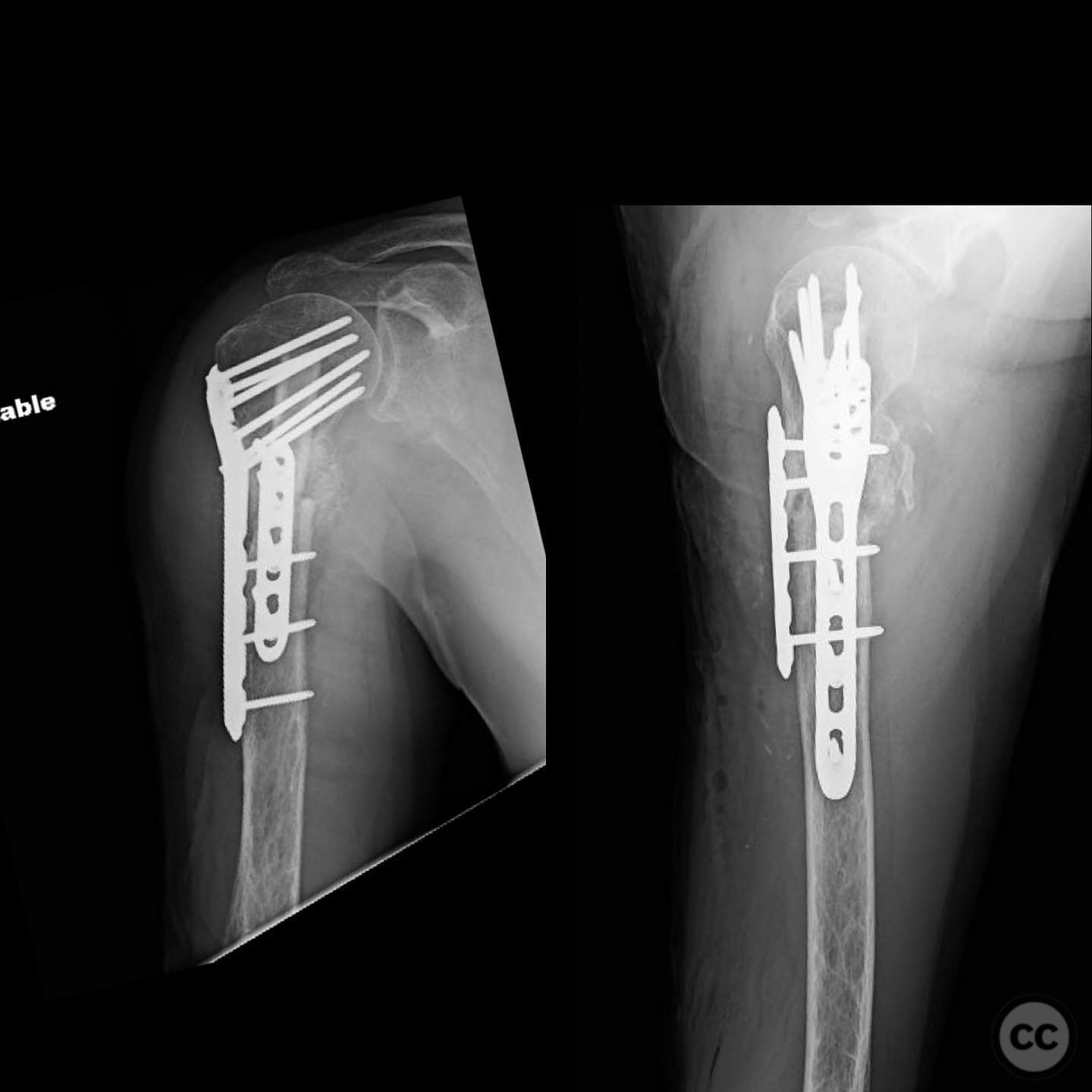
Article viewed 134 times
18 Jul 2025
Add to Bookmarks
Full Citation
Cite this article:
Surname, Initial. (2025). Proximal Humerus Synovial Pseudarthrosis with Orthogonal Plating and Fibular Graft.. Journal of Orthopaedic Surgery and Traumatology. Case Report 49988564 Published Online Jul 18 2025.